Revolutionizing multifamily living and bolstering property profitability

Apartment development residents may live next to each other, perhaps even be cordial with a few of their neighbors, but that doesn’t always mean they’re a community. Forging those bonds takes time and effort. In multifamily housing, building that sense of community can be just as vital to the success of a development as the bricks and mortar holding it up. In an era where more housing – especially multifamily housing – is sorely needed, bringing neighbors together can transform a collection of buildings into a village.
Building Community

What could such a community look like? It might include community gardens with bees brought in to pollinate them, hydroponic gardens, new trees planted, and chickens to provide fresh eggs and companionship.
“Those are some exciting ones. We’ve put chickens at a community. We’ve put tortoises at a community. The Urban Village team, they find some great things,” Jenny Romera, president of New Earth Residential, told BOSS.
New Earth’s Urban Village program serves thousands of residents nationwide with a focus on helping them connect and engage with their apartment communities. Many programs that can boost a community are things a property manager would never have the time to find. A dedicated on-site team can, though, and both residents and investors reap the rewards.
Partnerships with organizations like Cake4Kids, Ronald McDonald Care Mobile, and Tito’s provide residents with treats for special events, dental care, and funding for community gardens.
“The goal is to find the resources that residents need,” Romera said. “So if they come upon a tough time, you can say, ‘Well, you may be struggling to pay your rent this month, but you can take advantage of all these resources.’ If we can get them $100 of free food every month and then they can get a free haircut and then they don’t have to buy a birthday cake this month and they have, we have the Ronald McDonald dental truck coming in to take care of their dental work” that can help make ends meet.
Initiatives like low-cost summer camp for resident children and classes that teach them entrepreneurship and STEM skills can set a community up for current and future success, as do financial literacy programs for adults residents and credit building programs that report on-time rent payments to credit bureaus.
Spreading the Feeling

With residents loving where they live, an apartment community becomes a fruitful investment for developers.
“If neighbors start helping each other and sharing and giving back, they take better care of the community, they take care of each other. Overall, it makes a difference,” Romera said. “Like we get more renewals, they take better care of the grounds, our expenses are better, they stay longer, and the communities operate better, and people are happier.”
More engaged residents translates to better financial performance for the development. Residents become friends, become invested in the neighborhood, and don’t want to leave their homes. Romera cited the example of an Urban Village development in Las Vegas that hosts 19 monthly community events. Expenses per unit per year are the lowest in the portfolio because the high engagement levels keep turnover low, and the property is well kept-up.
“We are leaving the world in a better place as well as delivering a good NOI for our clients,” Romera said.
Such revitalizations can also show homeowners wary of affordable multifamily development in their neighborhoods all the positive contributions such housing can make.
“You’re bringing out resources in the city. They’re coming out to the community more. They’re seeing the residents more, and engaging with them. They’re getting to know the residents more and realizing that they’re still real people. Tough times can happen to anybody,” she said. “There’s a big challenge of people not wanting multifamily in their city or in their area. It’s great to get more people out to the community and realize, ‘Hey, there’s great things going on at apartment communities or at multifamily.’”
With all stakeholders and their needs considered, and those stakeholders collaborating, communities are born.
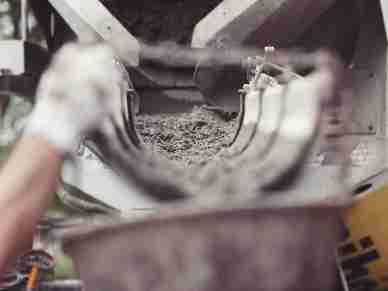


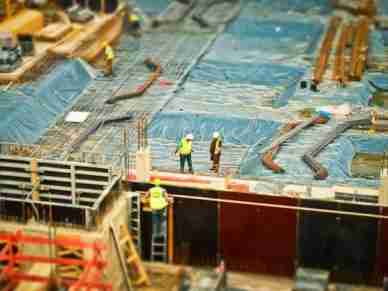
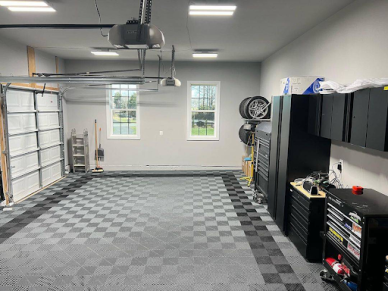
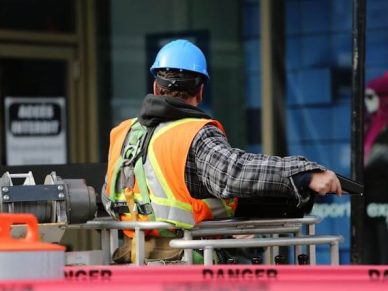
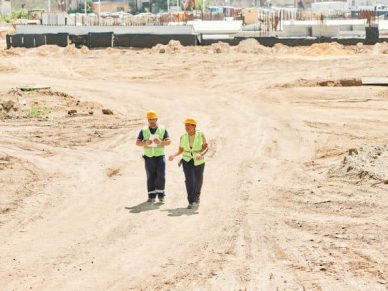
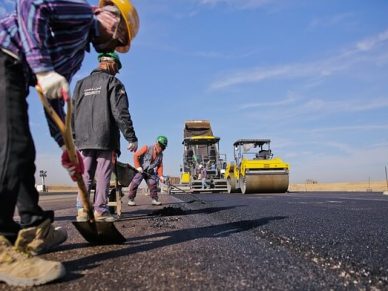
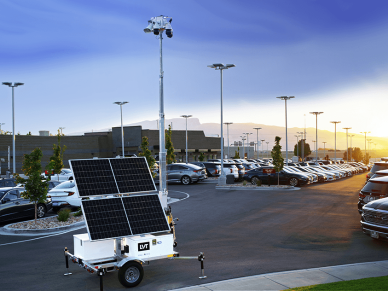

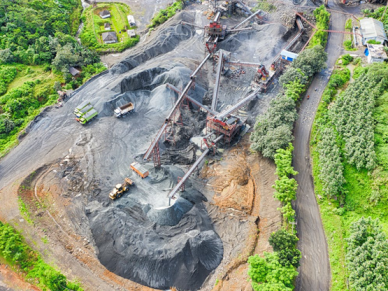





Leave a Reply